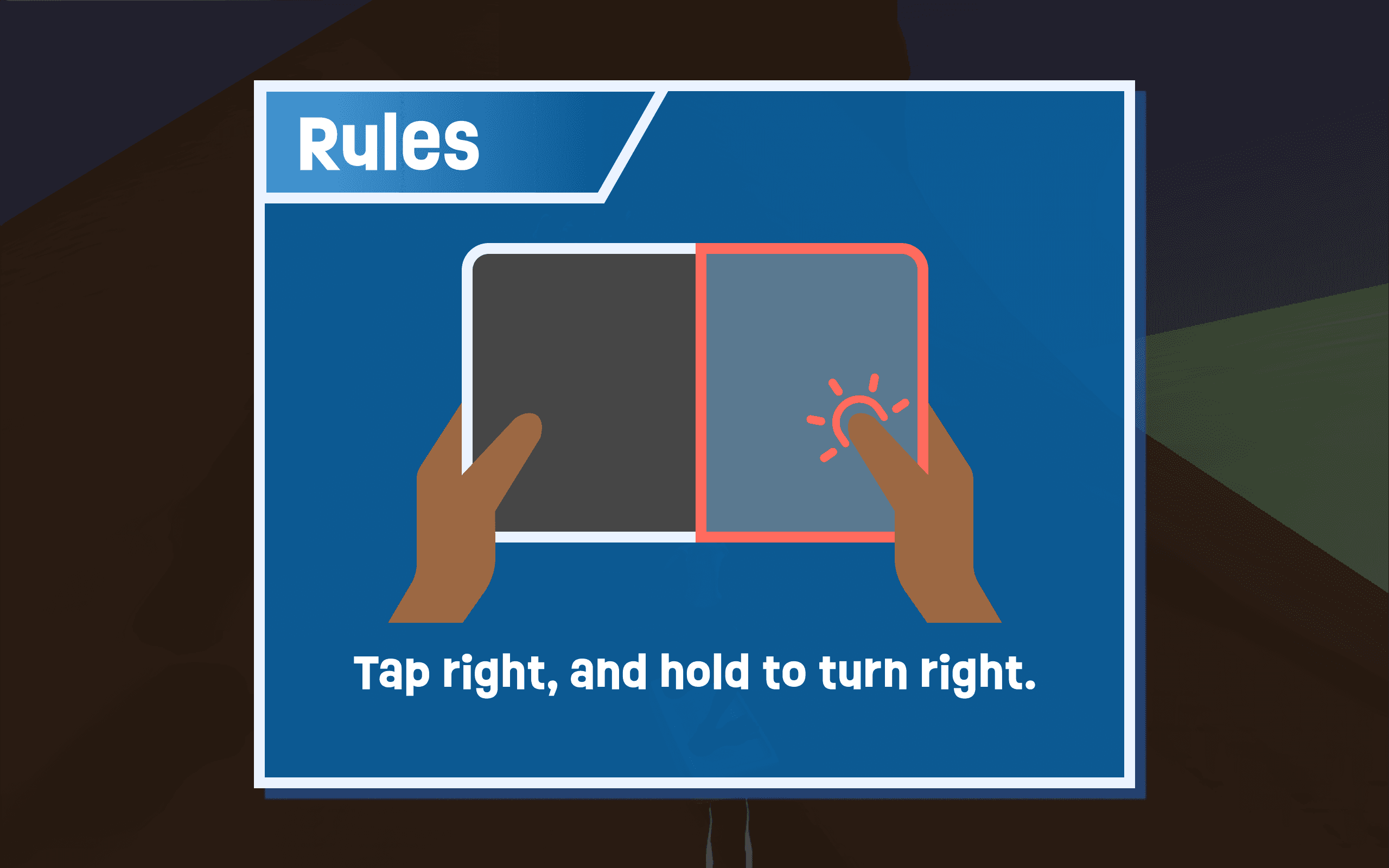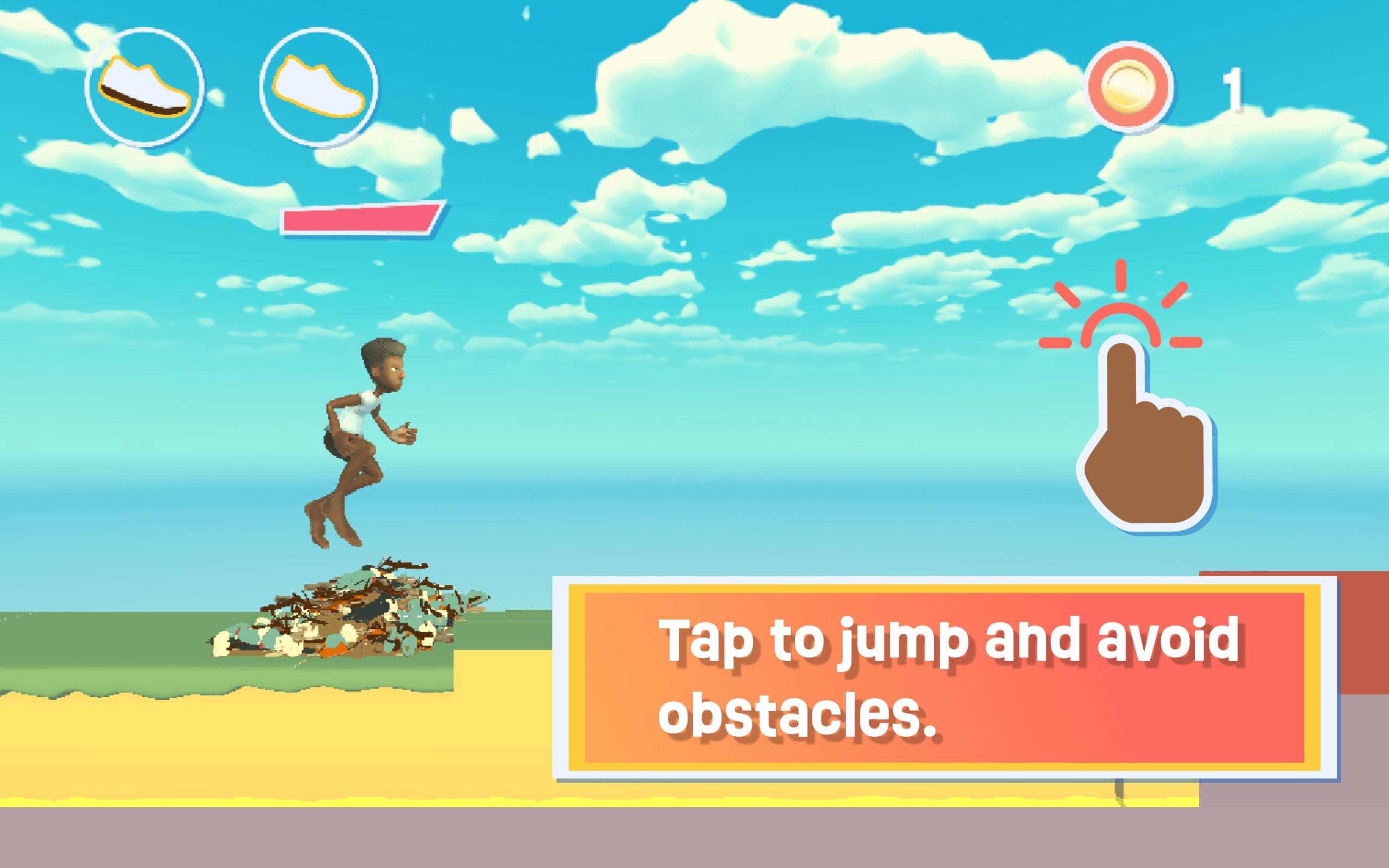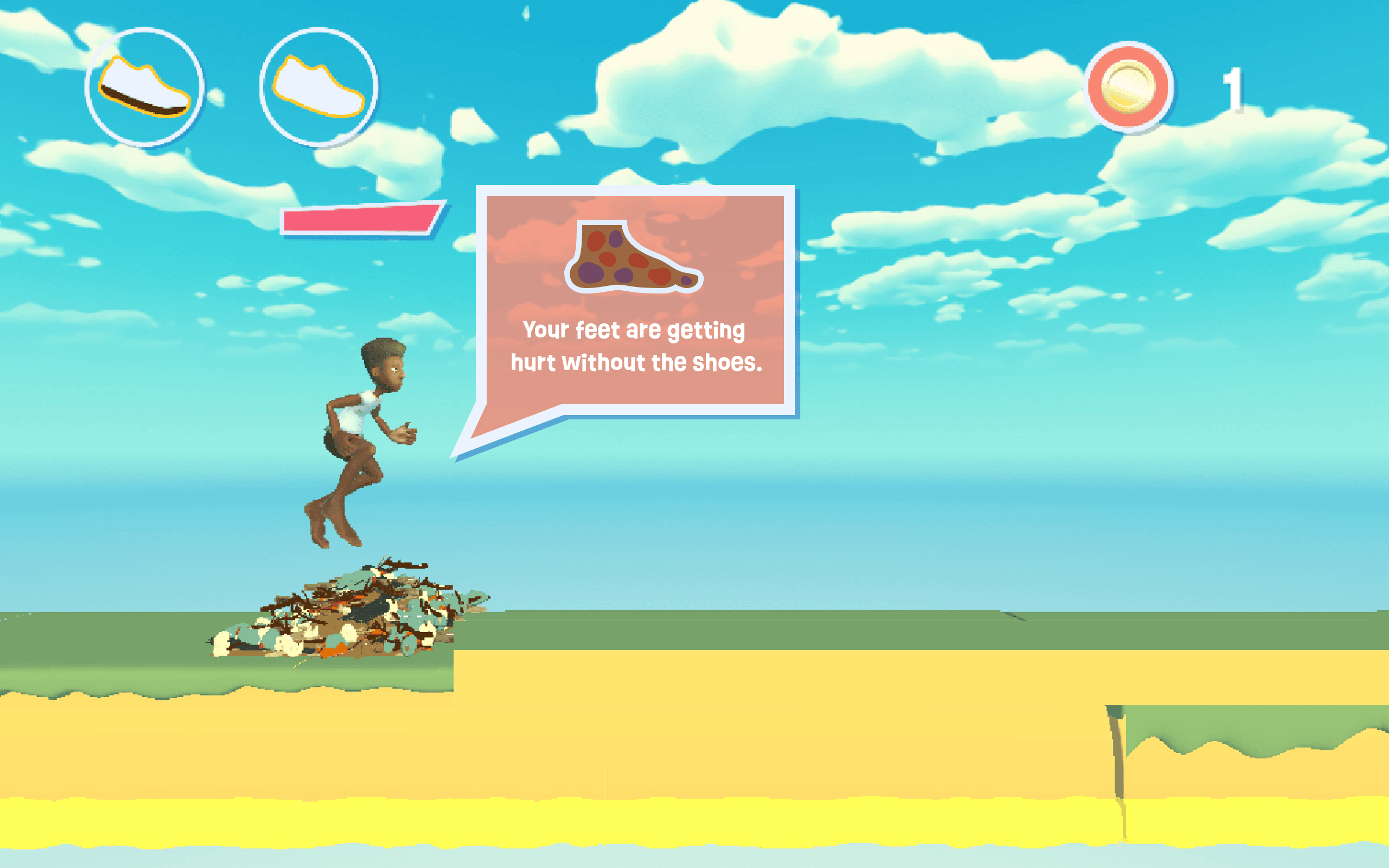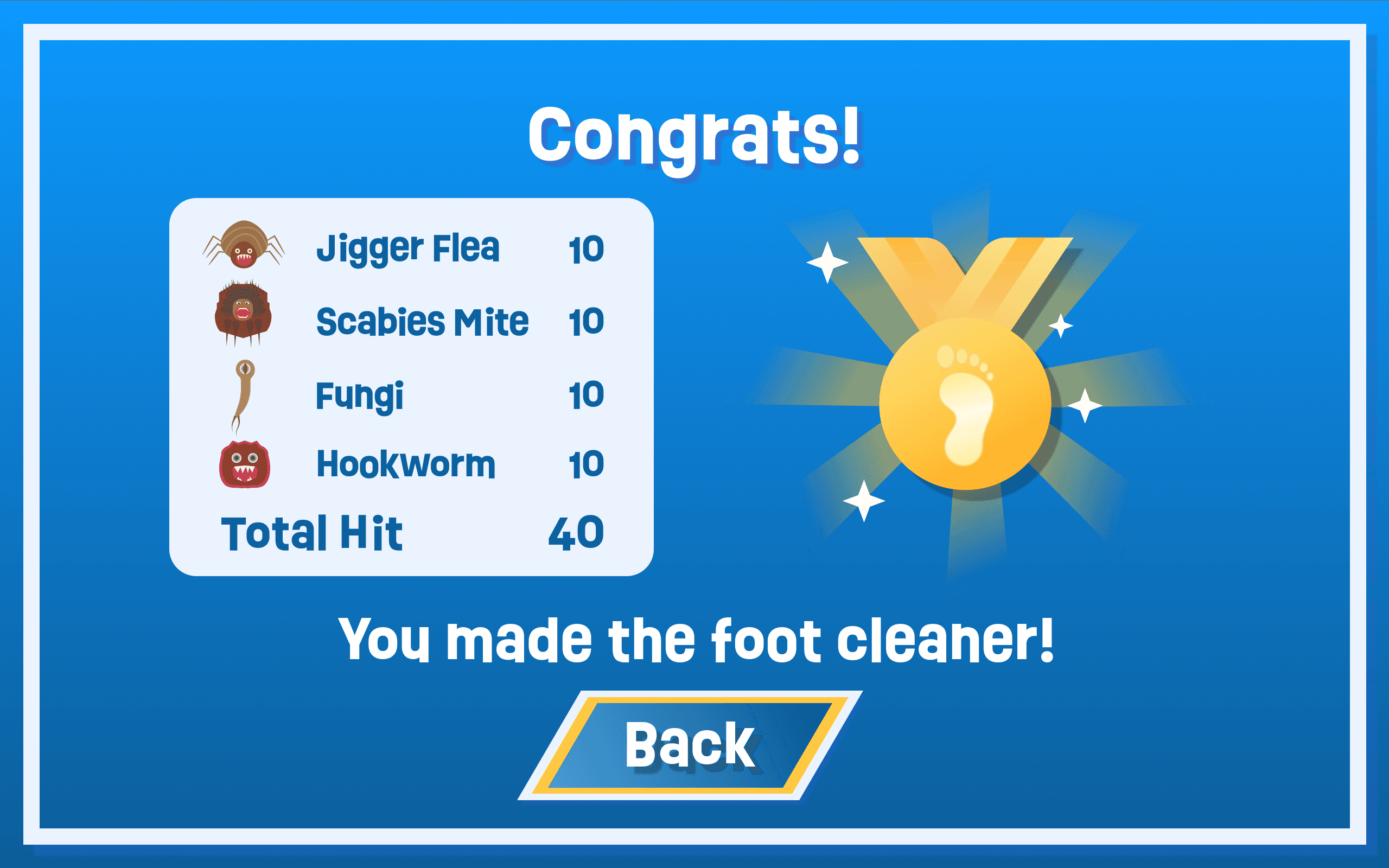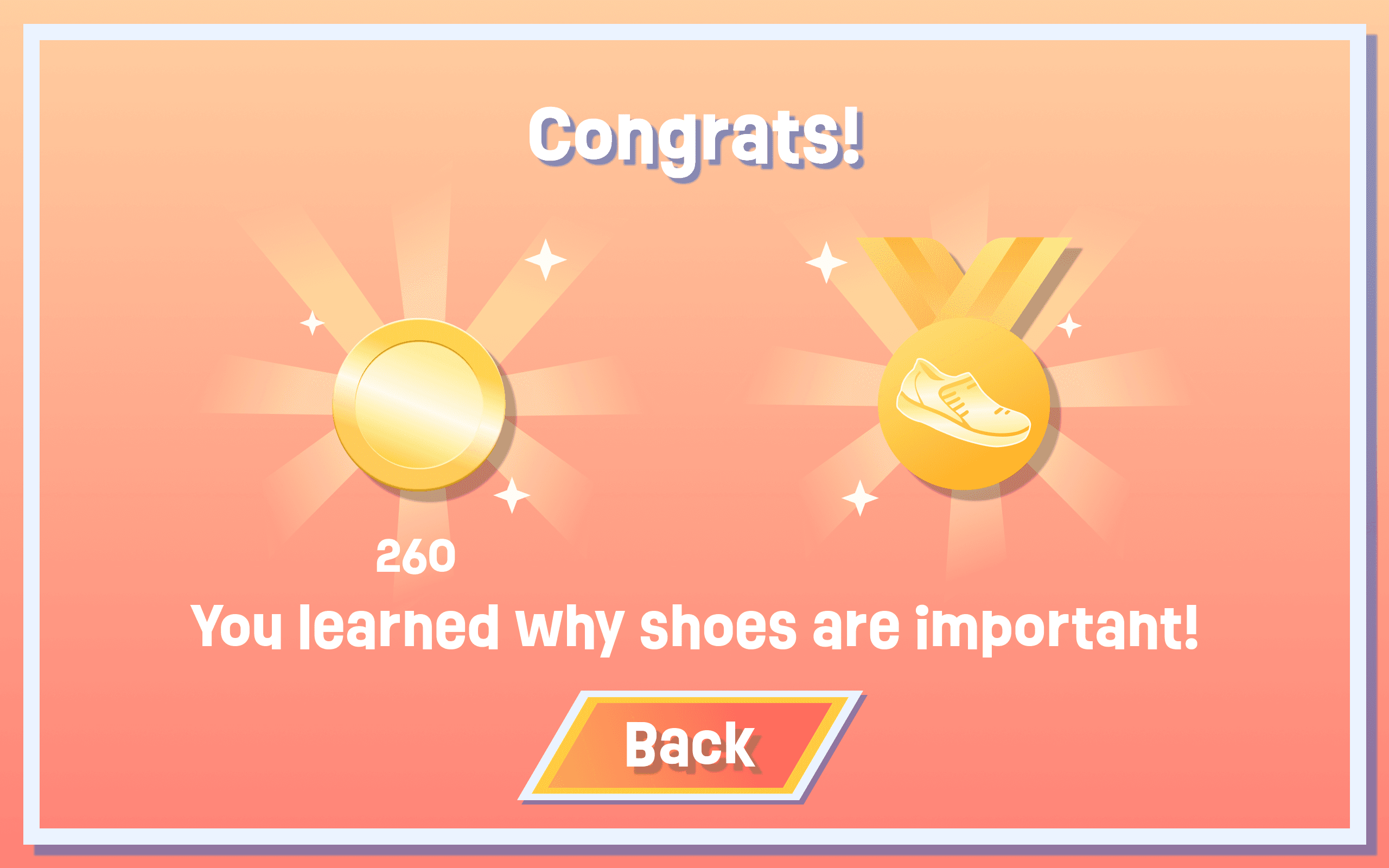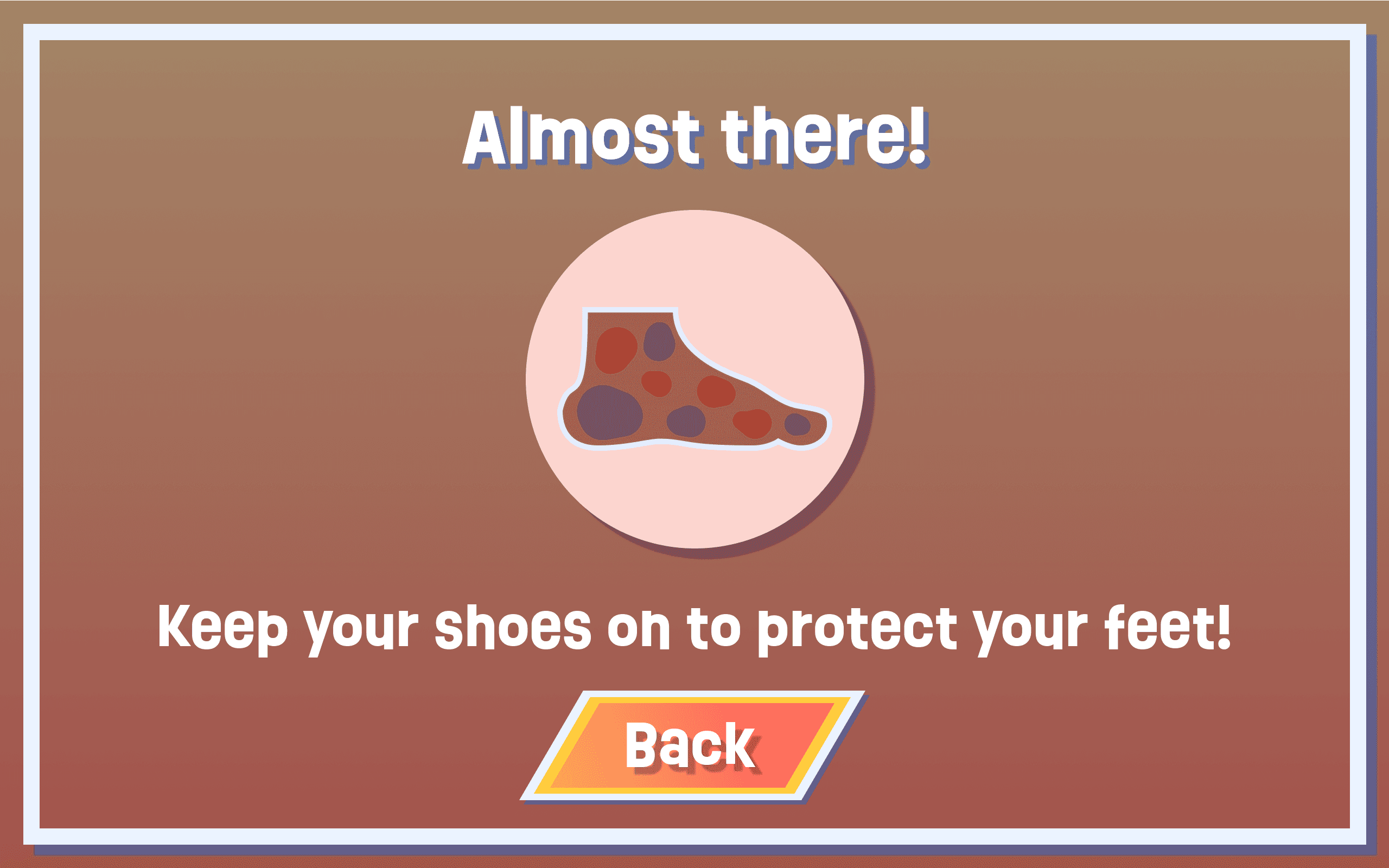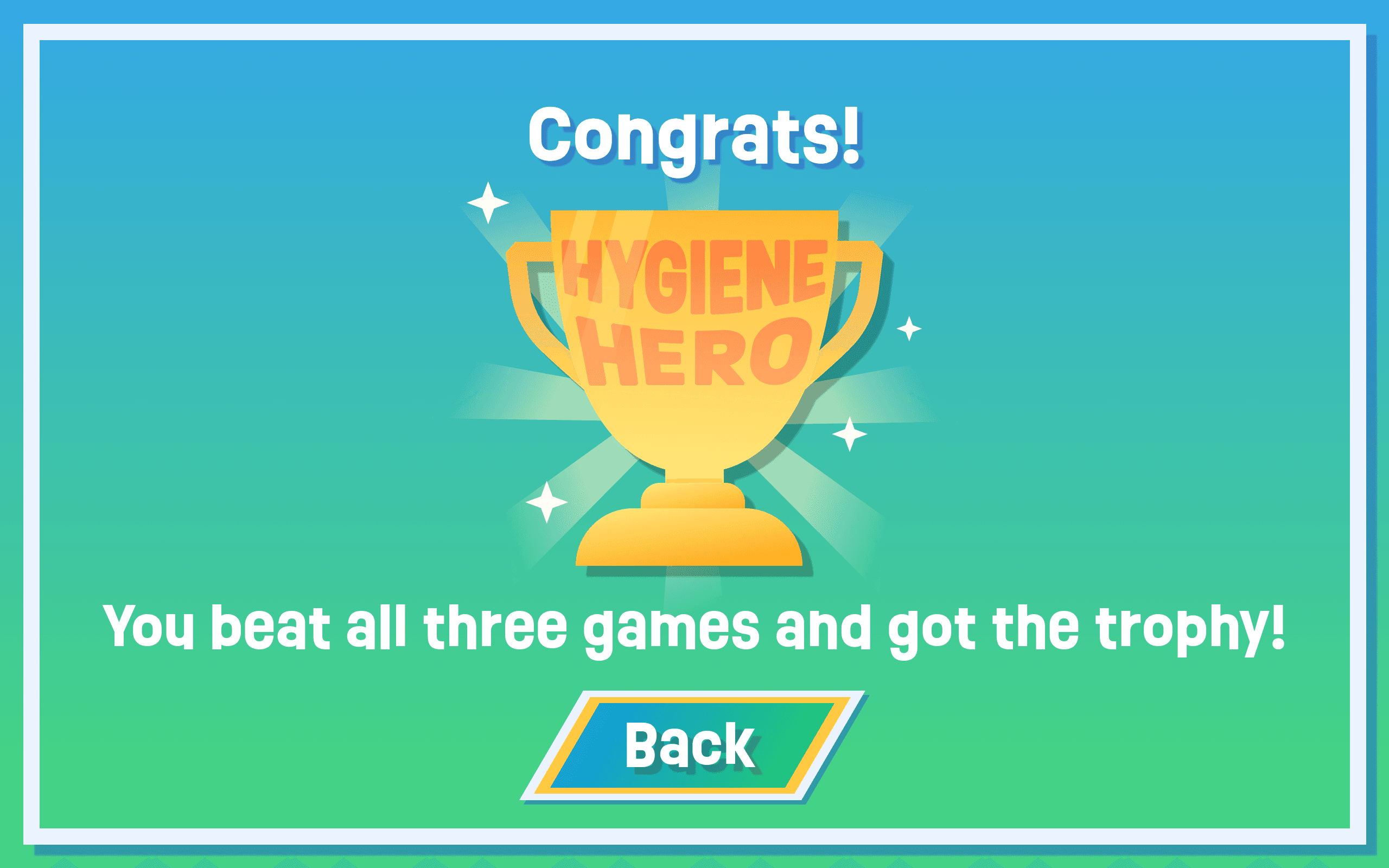
UX/UI Design in Gamified Hygiene Education
UX/UI Design in Gamified Hygiene Education
Educational Game | UX/UI

Hygiene Hero Cup is an educational game for 10 to 14 years old to gain proper hygiene practices and beliefs. Partnering with World Shoe Fund, we turned essential hygiene lessons into fast, competitive mini-games that feel like sports matches. The goal was simple: make learning hygiene fun, visual, and memorable, helping children build lifelong healthy habits through joyful interaction.
Hygiene Hero Cup is an educational game for 10 to 14 years old to gain proper hygiene practices and beliefs. Partnering with World Shoe Fund, we turned essential hygiene lessons into fast, competitive mini-games that feel like sports matches. The goal was simple: make learning hygiene fun, visual, and memorable, helping children build lifelong healthy habits through joyful interaction.
Educational Game
UX/UI
ROLES
UX Researcher
UI Designer
SKILLS
UX Research
User Interview
Game UI Design
Playtest
TEAM
1 UX/UI Designer (Me)
1 Narrative Designer
1 Producer
1 Developer
2 3D Artists
2 Mentors
DURATION
14 Weeks
Shipped Project
@ CMU ETC
World Shoe Fund
SNEAK PEEK
Building healthy habits through play
Building healthy habits through play
190
190
Ghanaian students playtested in 2 days
Ghanaian students playtested in 2 days
We playtested Hygiene Hero Cup with 190 students aged 6–18 at Grace International Prep School in Ghana over two days. Seeing their smiles and excitement was deeply rewarding. About two-thirds showed stronger enthusiasm and awareness for hygiene, especially handwashing and footwashing after playing. The project was later honored with the 2025 International Serious Play Awards Gold Medal.
We playtested Hygiene Hero Cup with 190 students aged 6–18 at Grace International Prep School in Ghana over two days. Seeing their smiles and excitement was deeply rewarding. About two-thirds showed stronger enthusiasm and awareness for hygiene, especially handwashing and footwashing after playing. The project was later honored with the 2025 International Serious Play Awards Gold Medal.
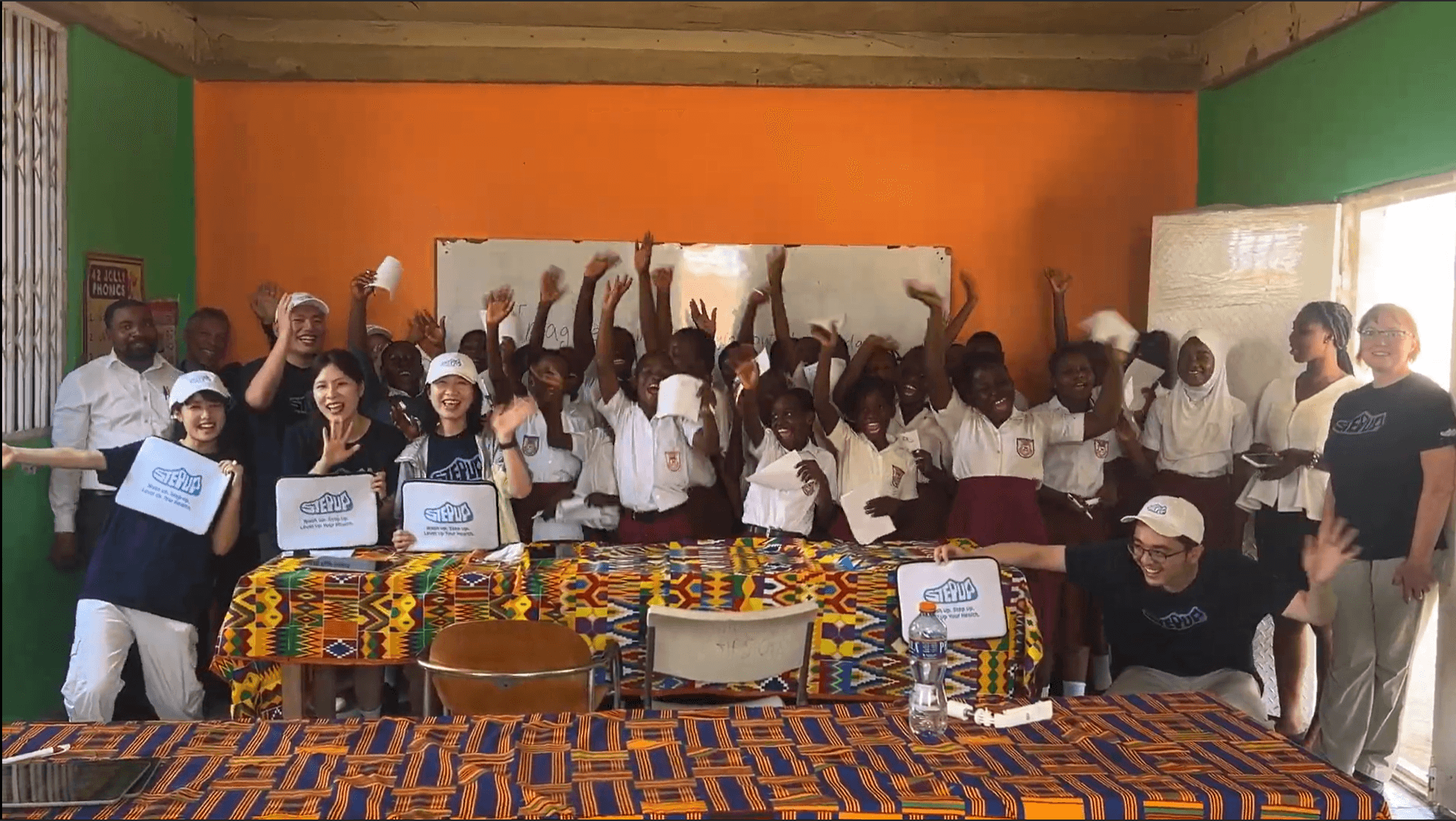

PROMPT
Make hygiene habits fun and playable
Make hygiene habits fun and playable
World Shoe Fund challenged us to extend their Wash and Wear program, which teaches students in underserved communities the importance of handwashing, footwashing, and wearing shoes, into an engaging digital experience. Many children in these areas lack proper footwear and hygiene awareness. Our task was to design a learning game that makes these essential habits fun, memorable, and accessible beyond the classroom.
World Shoe Fund challenged us to extend their Wash and Wear program, which teaches students in underserved communities the importance of handwashing, footwashing, and wearing shoes, into an engaging digital experience. Many children in these areas lack proper footwear and hygiene awareness. Our task was to design a learning game that makes these essential habits fun, memorable, and accessible beyond the classroom.
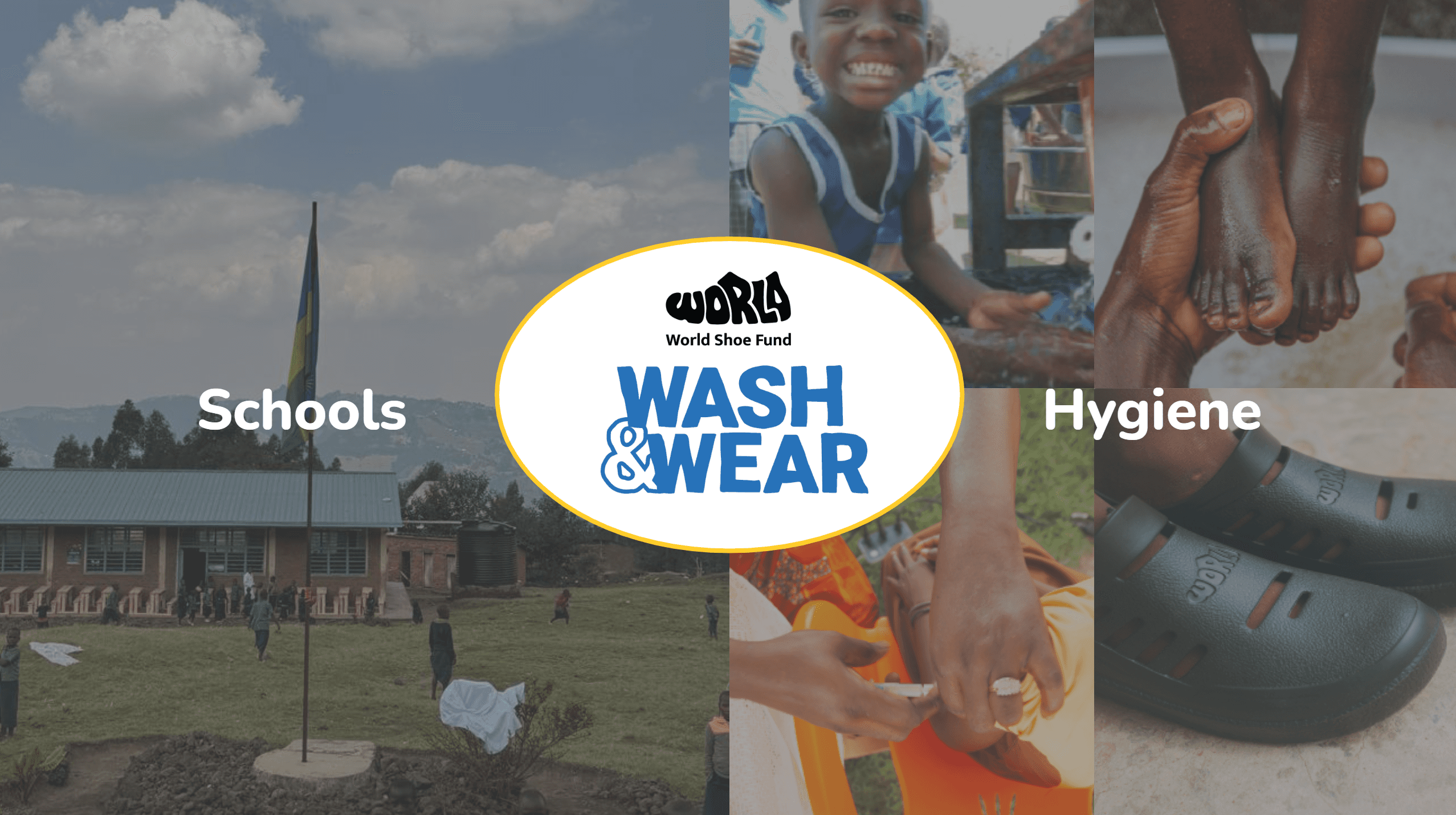

DISCOVER
Building empathy through research
Building empathy through research
Secondary research - understanding needs through prior studies
Secondary research - understanding needs through prior studies
We reviewed academic papers and reports to identify our target audience, the barriers they face in hygiene education, and their learning goals. These insights guided how we structured the game’s themes and visual storytelling.
We reviewed academic papers and reports to identify our target audience, the barriers they face in hygiene education, and their learning goals. These insights guided how we structured the game’s themes and visual storytelling.
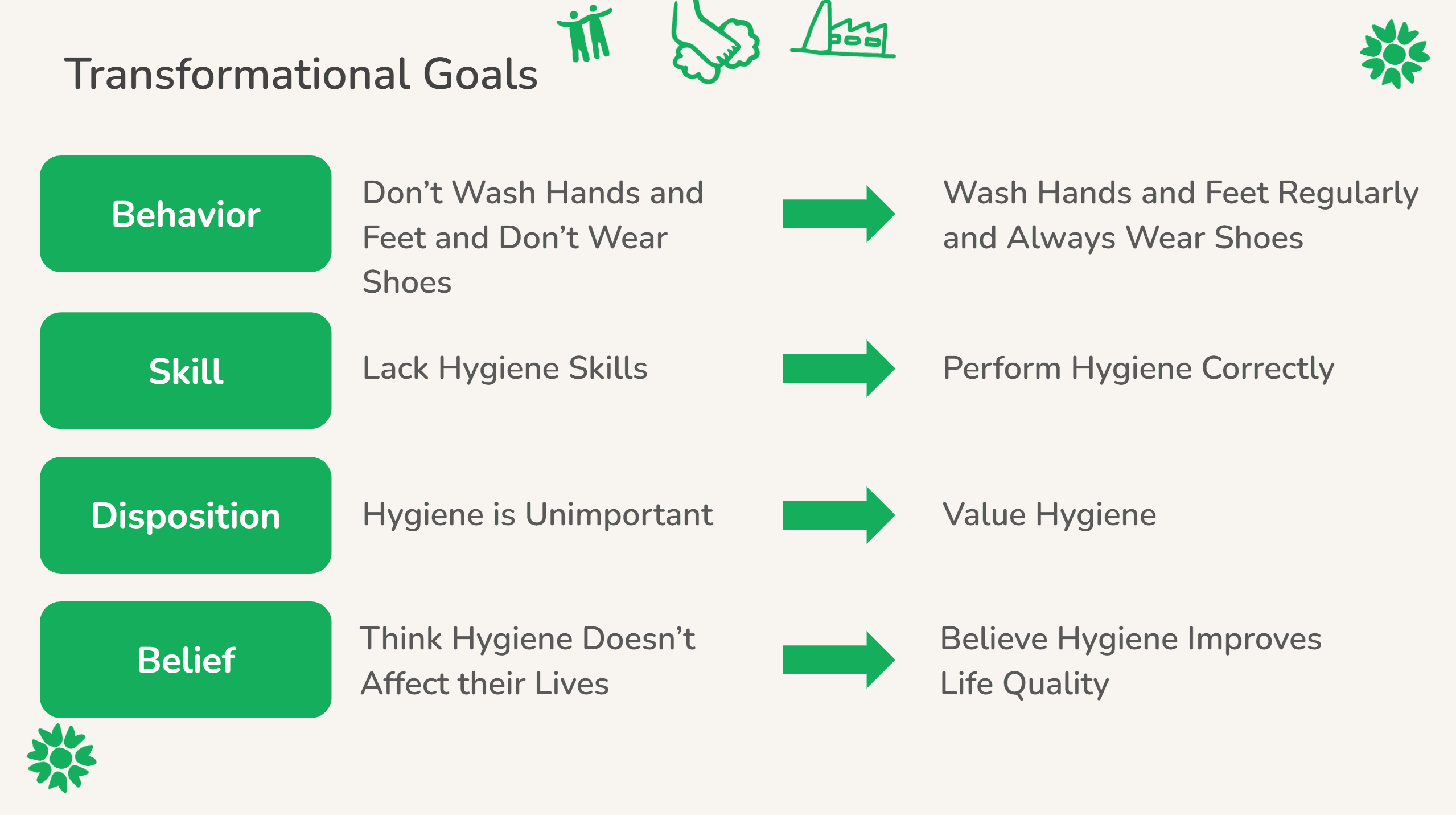

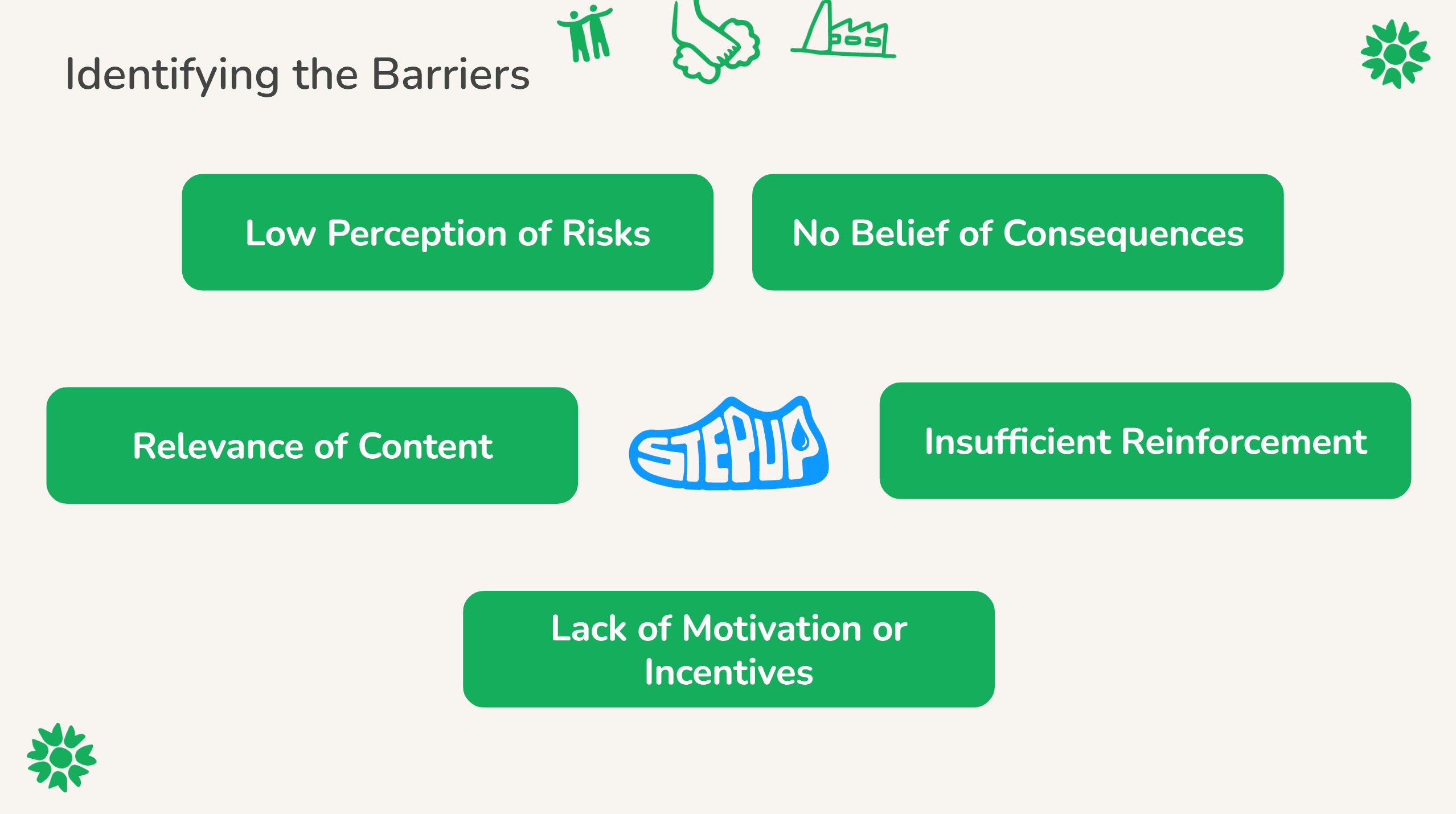

Primary research - listening to local voices
Primary research - listening to local voices
We interviewed local SMEs, including a governor, an educator, community leaders, a filmmaker, and game enthusiasts, to understand the region’s context. Our client shared insights from Rwandan students and teachers, helping us grasp their daily lives, health challenges, and gaming interests.
We interviewed local SMEs, including a governor, an educator, community leaders, a filmmaker, and game enthusiasts, to understand the region’s context. Our client shared insights from Rwandan students and teachers, helping us grasp their daily lives, health challenges, and gaming interests.




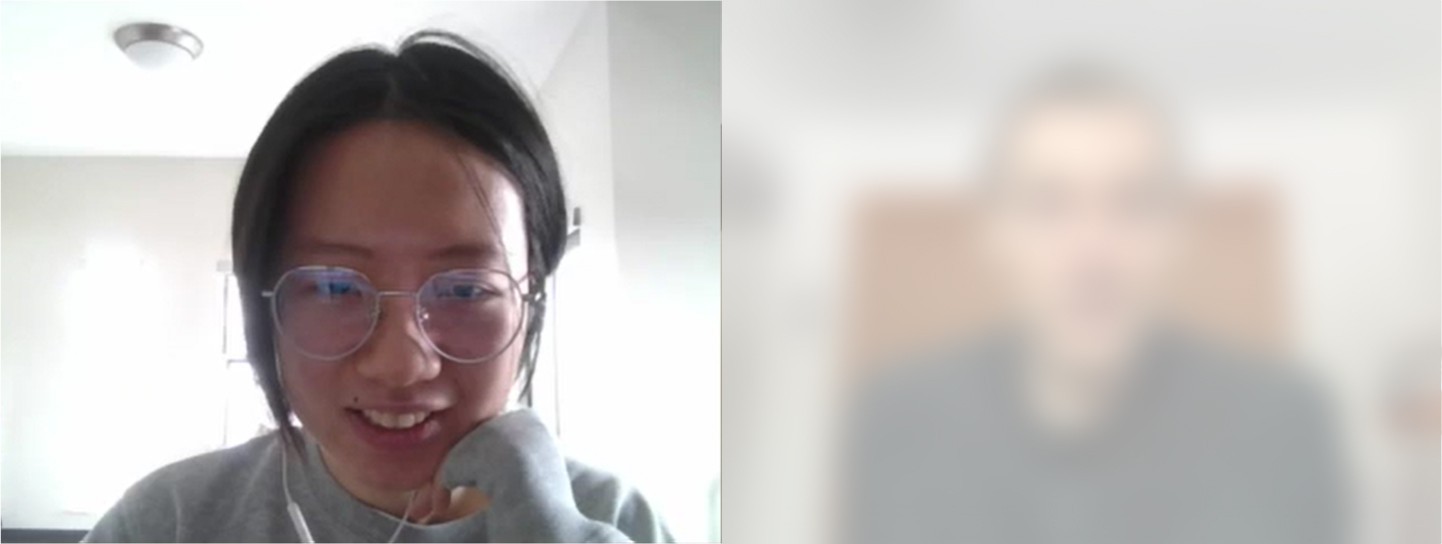

I spoke with local educators and community leaders.
I spoke with local educators and community leaders.
DESIGN
Building joy with thoughtful design
Building joy with thoughtful design
Brainstorm
Brainstorm
We brainstormed ideas across fairy tales, school settings, and sports. For students aged 10–14, sports felt the most relatable and exciting, turning hygiene education into something playful and familiar.
We brainstormed ideas across fairy tales, school settings, and sports. For students aged 10–14, sports felt the most relatable and exciting, turning hygiene education into something playful and familiar.
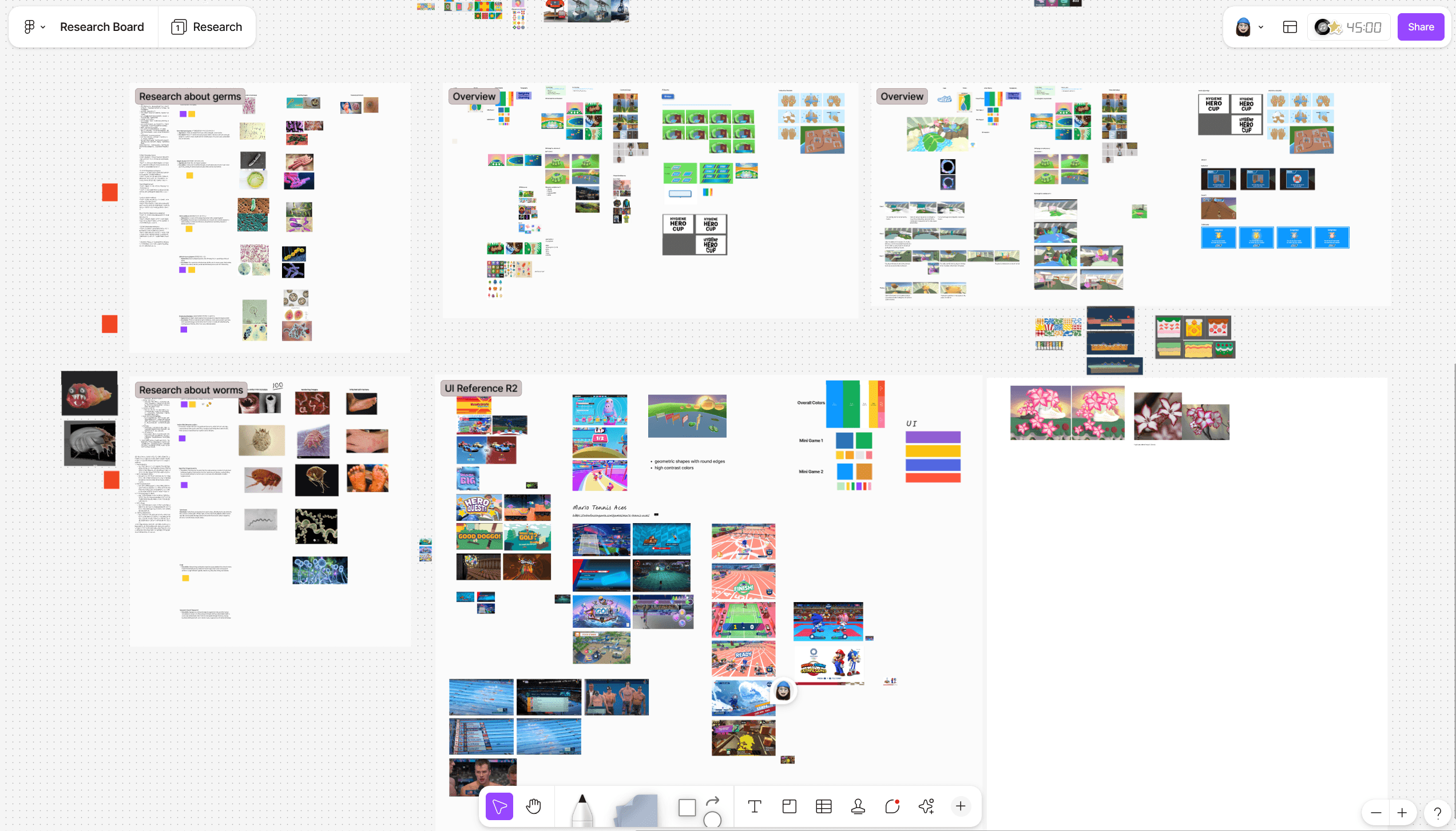

Gameplay
Gameplay
In Hygiene Hero Cup, players become hygiene champions in a playful sports world where every clean action earns cheers and every habit feels heroic:
Hygiene Jump - Players face a sequence of hurdles, choosing the right handwashing steps to sprint ahead.
Soap Surfing - Grab a bar of soap as your surfboard and glide across a giant foot, crashing into germs to clean them away.
Shoe Dash - Race through obstacles collecting shoe pieces to stay protected and scoop up coins. Every step reinforces how shoes keep heroes safe and strong.
In Hygiene Hero Cup, players become hygiene champions in a playful sports world where every clean action earns cheers and every habit feels heroic:
Hygiene Jump - Players face a sequence of hurdles, choosing the right handwashing steps to sprint ahead.
Soap Surfing - Grab a bar of soap as your surfboard and glide across a giant foot, crashing into germs to clean them away.
Shoe Dash - Race through obstacles collecting shoe pieces to stay protected and scoop up coins. Every step reinforces how shoes keep heroes safe and strong.
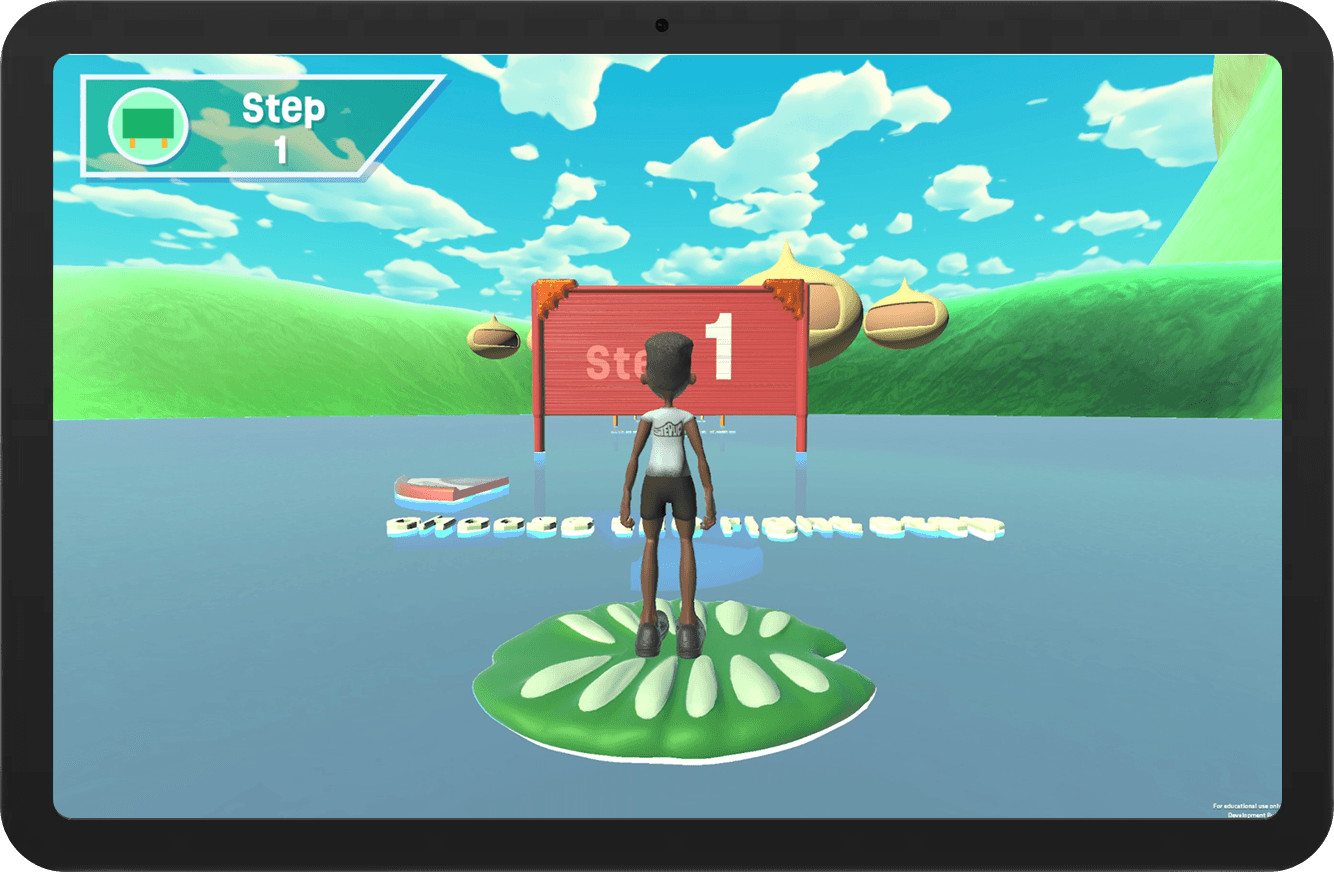

Mini Game 1 - Hygiene Jump
Mini Game 1 - Hygiene Jump


Mini Game 2 - Soap Surfing
Mini Game 2 - Soap Surfing
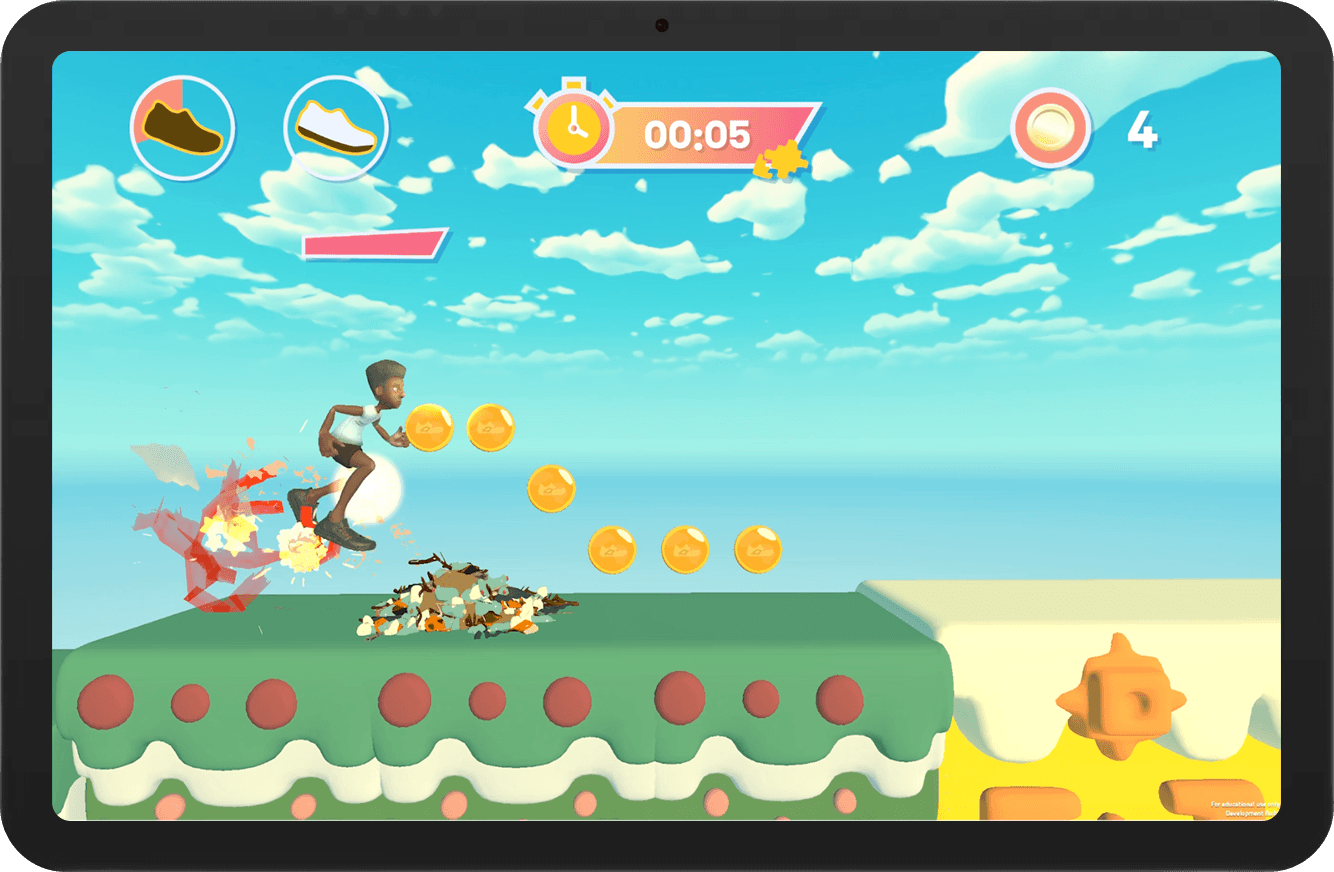

Mini Game 3 - Shoe Dash
Mini Game 3 - Shoe Dash
Watch Demo
Game UI
Game UI
Designing the UI meant balancing clarity and engagement for students with varying English literacy. To ensure understanding, I used hand gesture animations and motion-based feedback to explain rules and actions. The result screen not only provides scores and rewards but also visually reinforces hygiene benefits, linking the satisfaction of winning to the real-world value of staying clean and healthy.
Designing the UI meant balancing clarity and engagement for students with varying English literacy. To ensure understanding, I used hand gesture animations and motion-based feedback to explain rules and actions. The result screen not only provides scores and rewards but also visually reinforces hygiene benefits, linking the satisfaction of winning to the real-world value of staying clean and healthy.

The hand-wash tutorial animation created by me
The hand-wash tutorial animation created by me
PLAYTESTING
Testing, learning, and improving through play
Testing, learning, and improving through play
Before heading to Ghana, we conducted four rounds of playtesting with students aged 6–16. From early prototypes to refined builds, each session helped us identify issues and improve overall gameplay and clarity.
Before heading to Ghana, we conducted four rounds of playtesting with students aged 6–16. From early prototypes to refined builds, each session helped us identify issues and improve overall gameplay and clarity.
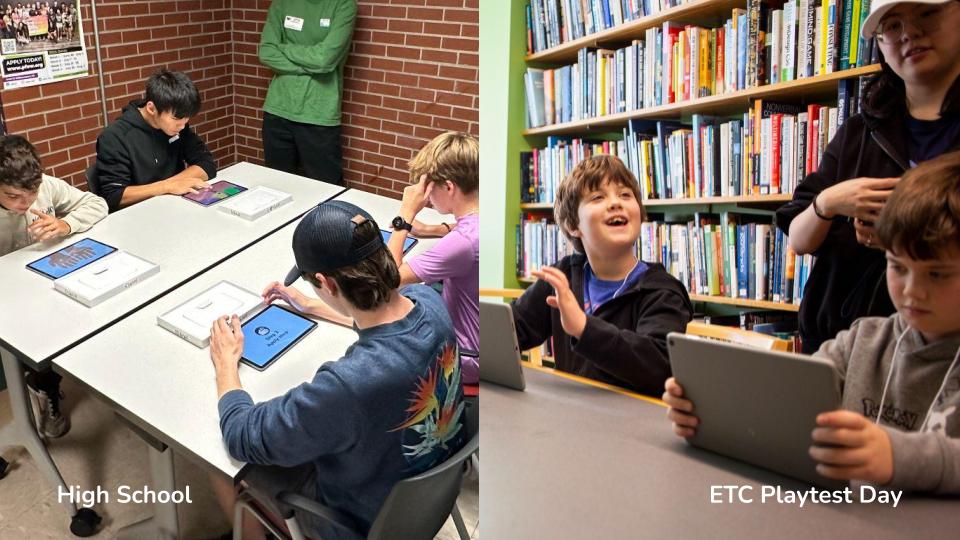

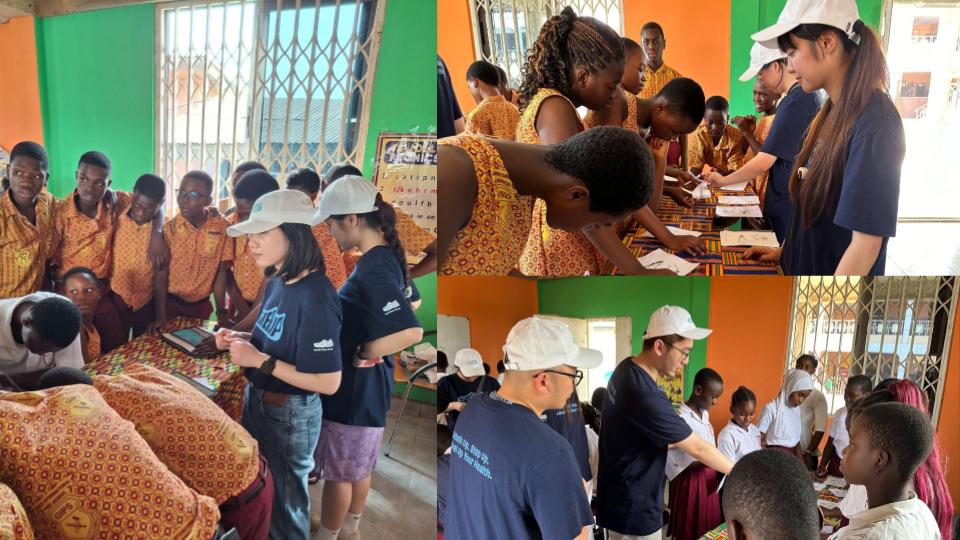

In Ghana, we tested the final version with 190 Ghanaian students over two full days. The playtest was divided into three stages: Pre-activity, Gameplay, and Post-activity, plus a Co-design session to evaluate the game’s educational impact. During the process, we observed how students played, collected feedback through interviews and questionnaires, and encouraged reflection through drawing exercises.
In Ghana, we tested the final version with 190 Ghanaian students over two full days. The playtest was divided into three stages: Pre-activity, Gameplay, and Post-activity, plus a Co-design session to evaluate the game’s educational impact. During the process, we observed how students played, collected feedback through interviews and questionnaires, and encouraged reflection through drawing exercises.
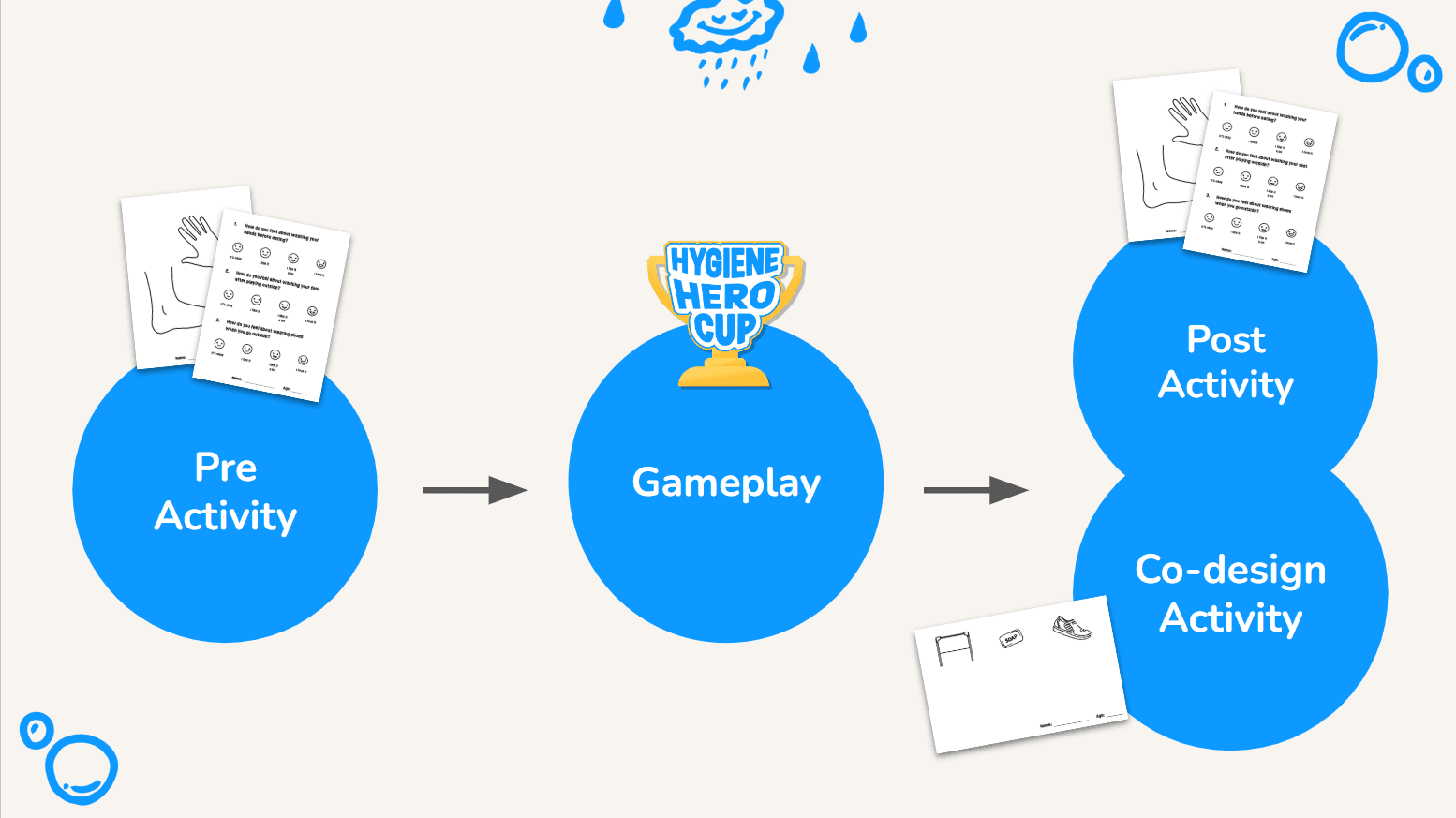

We asked students to imagine what their hands and feet would look like after playing all day without washing. Their before-and-after drawings showed a clear shift, students became more aware of germs and the importance of staying clean.
We asked students to imagine what their hands and feet would look like after playing all day without washing. Their before-and-after drawings showed a clear shift, students became more aware of germs and the importance of staying clean.
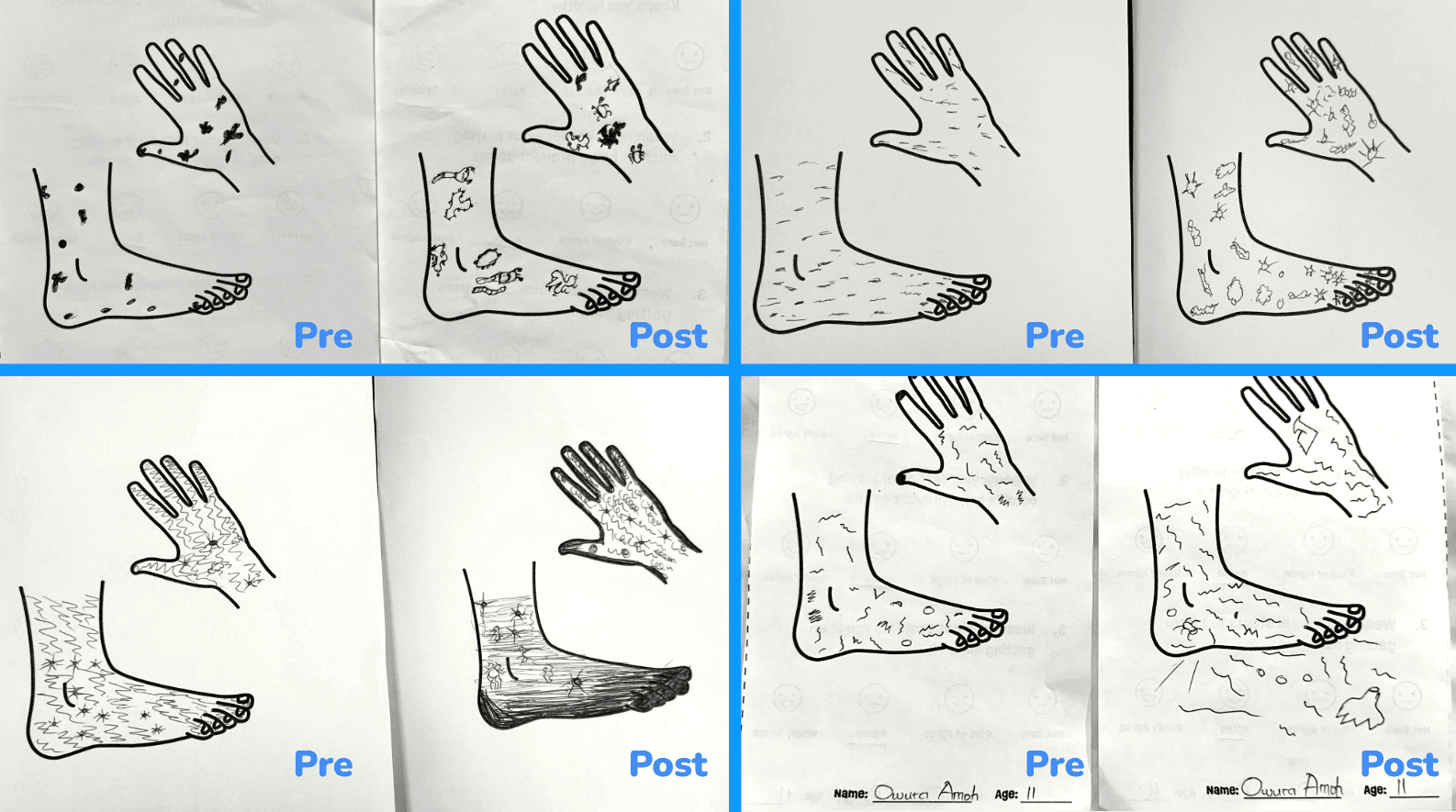

Survey results also revealed a positive change in hygiene attitudes: many students moved from feeling “it’s okay” or “I like it” to “I like it a lot” or “I love it” after playing the game.
Survey results also revealed a positive change in hygiene attitudes: many students moved from feeling “it’s okay” or “I like it” to “I like it a lot” or “I love it” after playing the game.
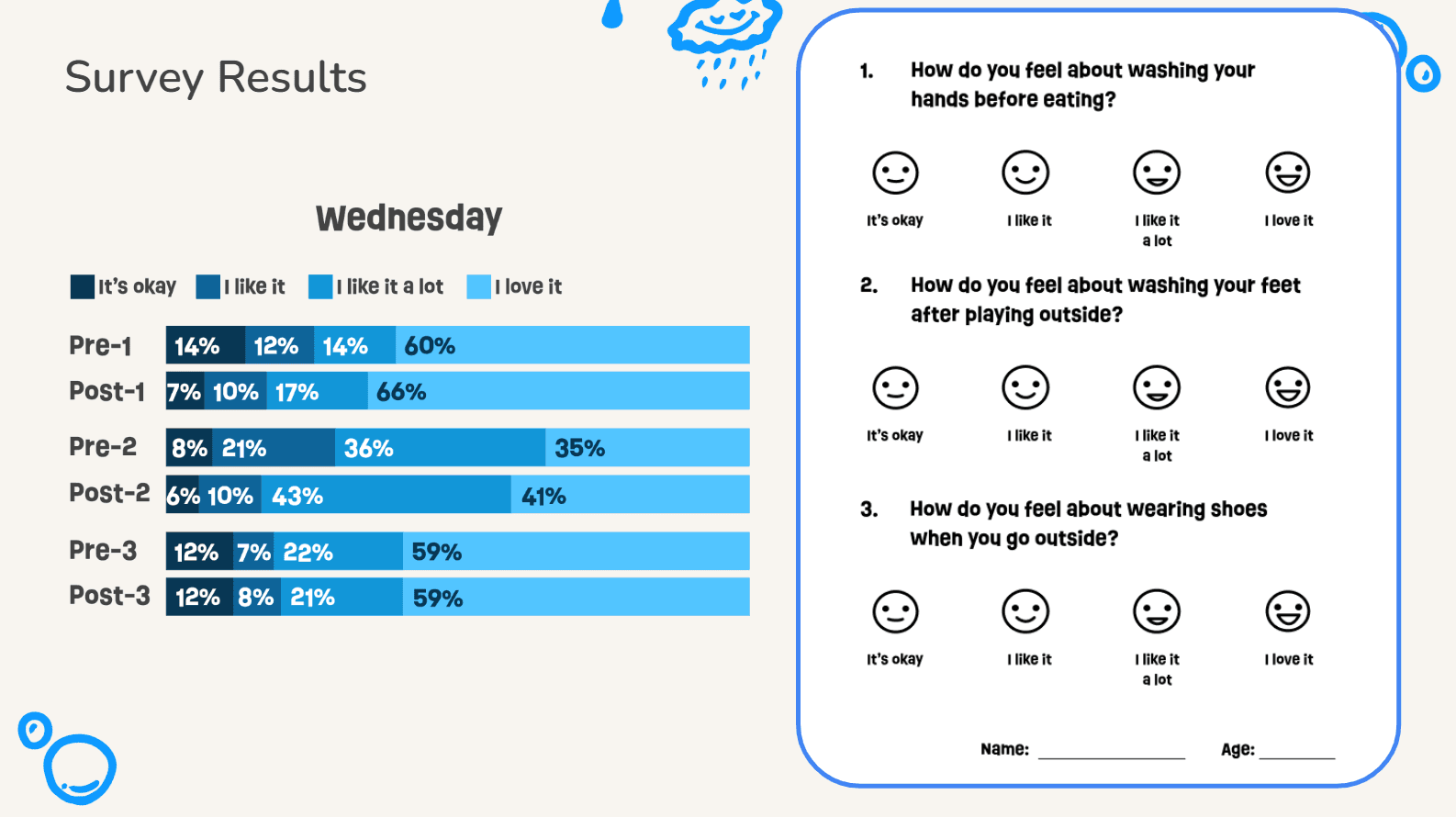

These sessions not only improved our design but also gave us valuable insight into the students’ daily lives, culture, and learning behaviors.
These sessions not only improved our design but also gave us valuable insight into the students’ daily lives, culture, and learning behaviors.
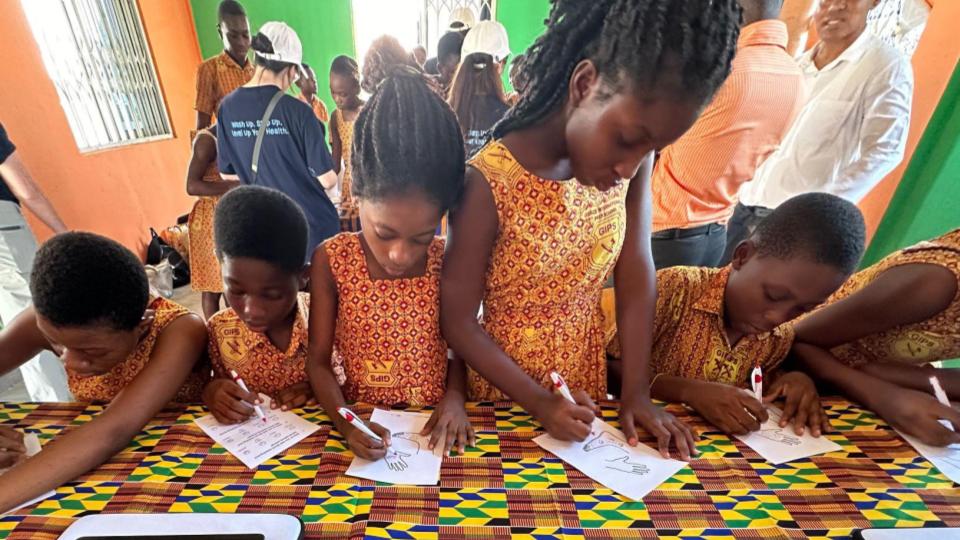

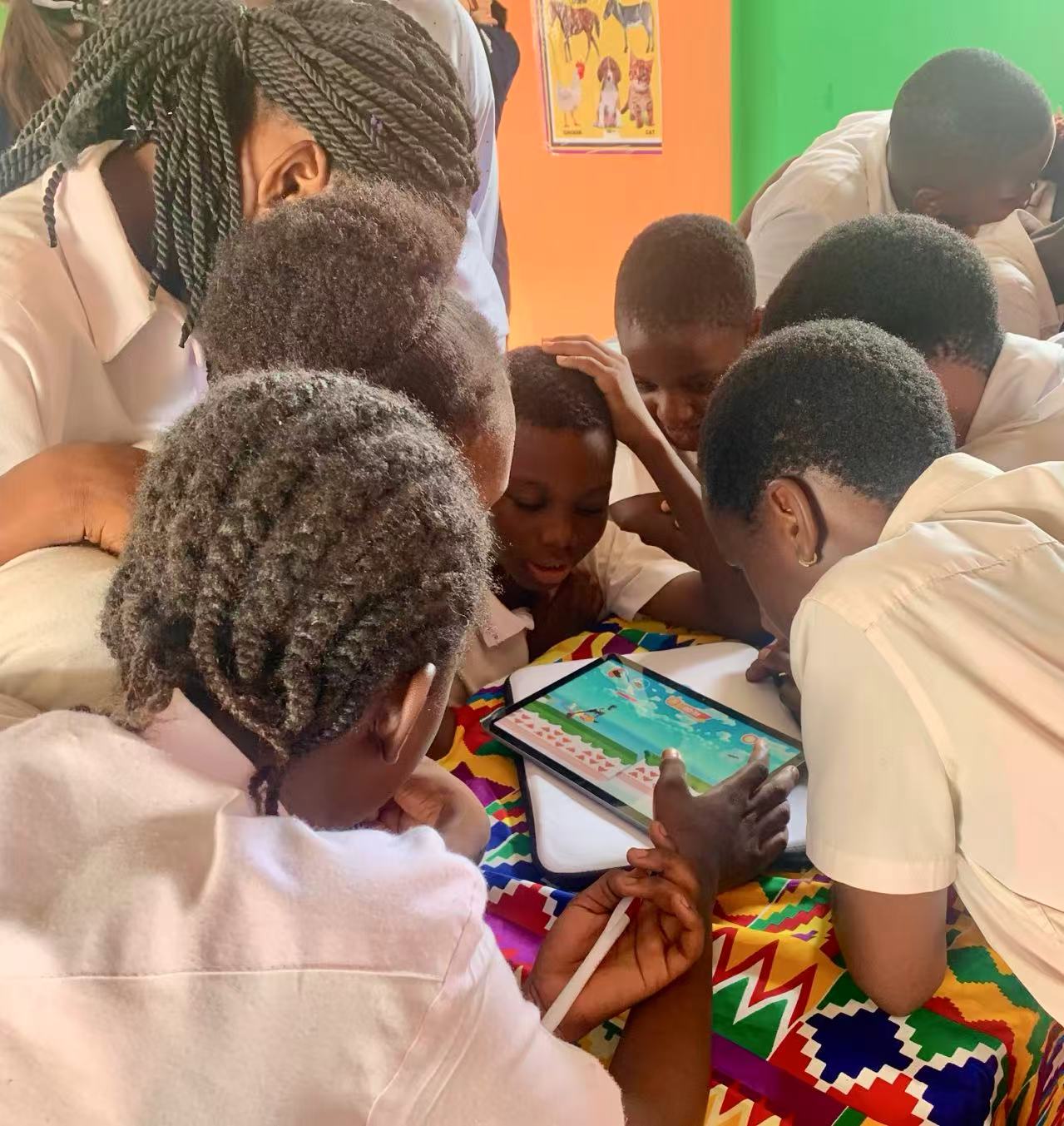

REFLECTION
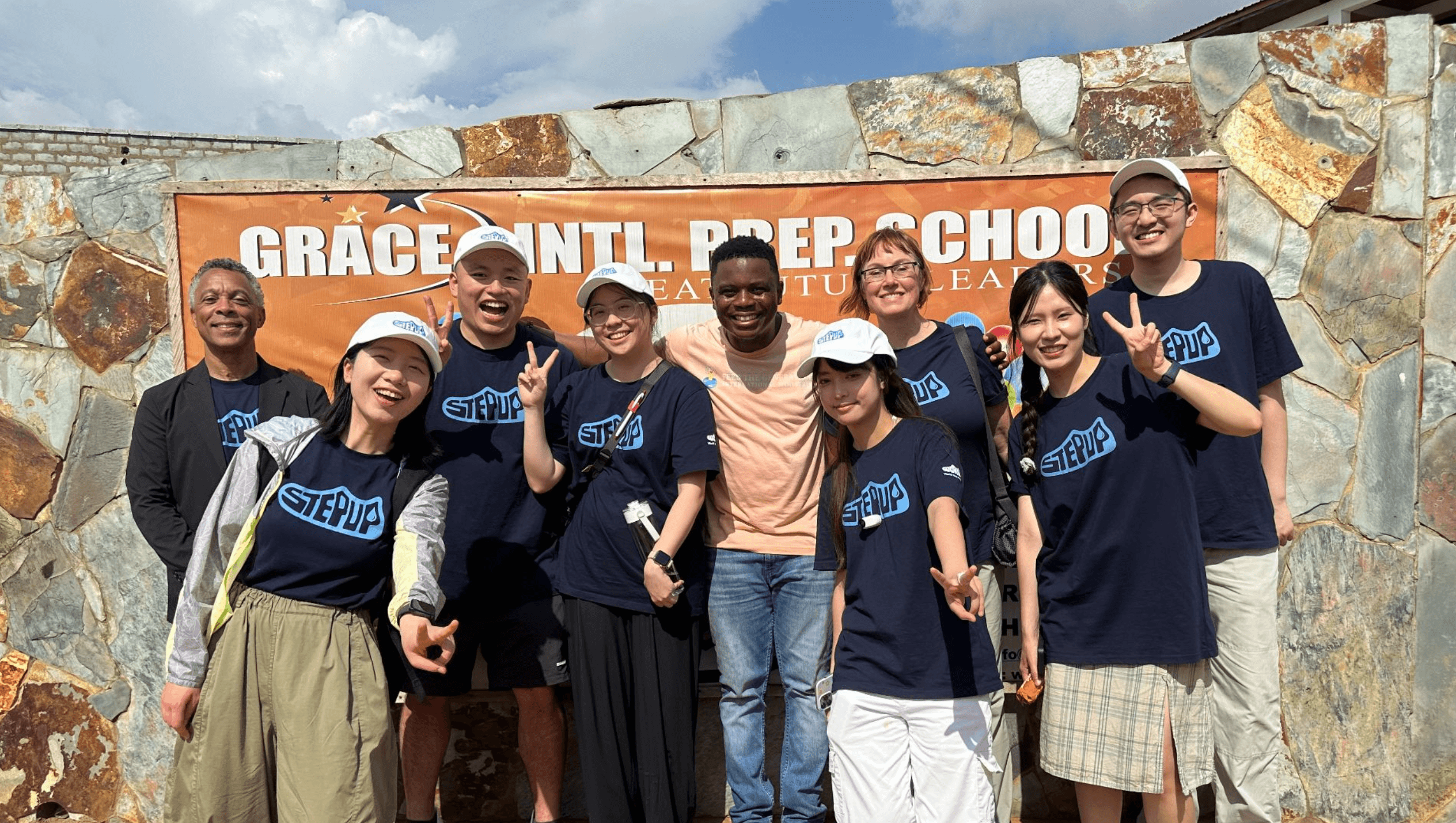

This experience was truly once in a lifetime. It taught me the importance of being open-minded to feedback and iterating quickly based on real testing. Listening to mentors, teammates, and users helped me refine both the gameplay and my design deliveries. I learned that genuine impact comes from designing with people, not just for them.
This experience was truly once in a lifetime. It taught me the importance of being open-minded to feedback and iterating quickly based on real testing. Listening to mentors, teammates, and users helped me refine both the gameplay and my design deliveries. I learned that genuine impact comes from designing with people, not just for them.
© 2025 Yawen Xiao All Rights Reserved
Made with Loves
© 2025 Yawen Xiao All Rights Reserved
Made with Loves

YAWEN XIAO
MENU

YAWEN XIAO
MENU
